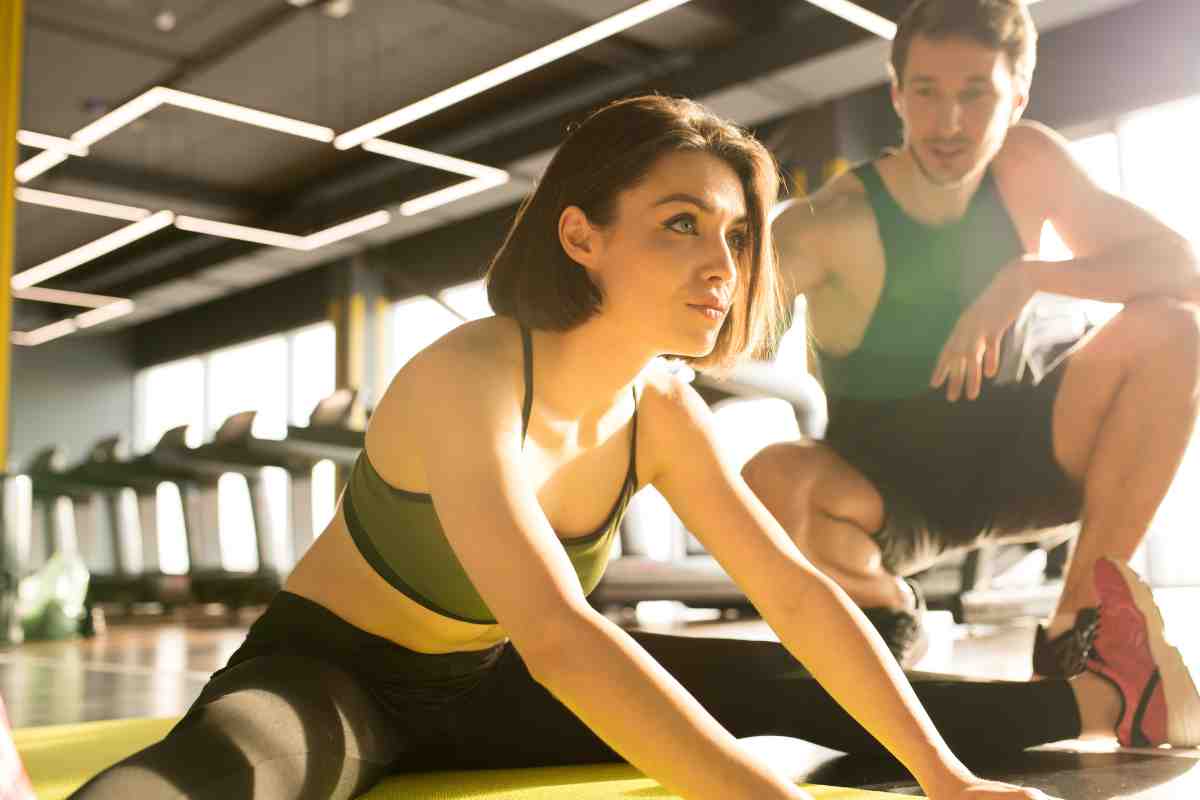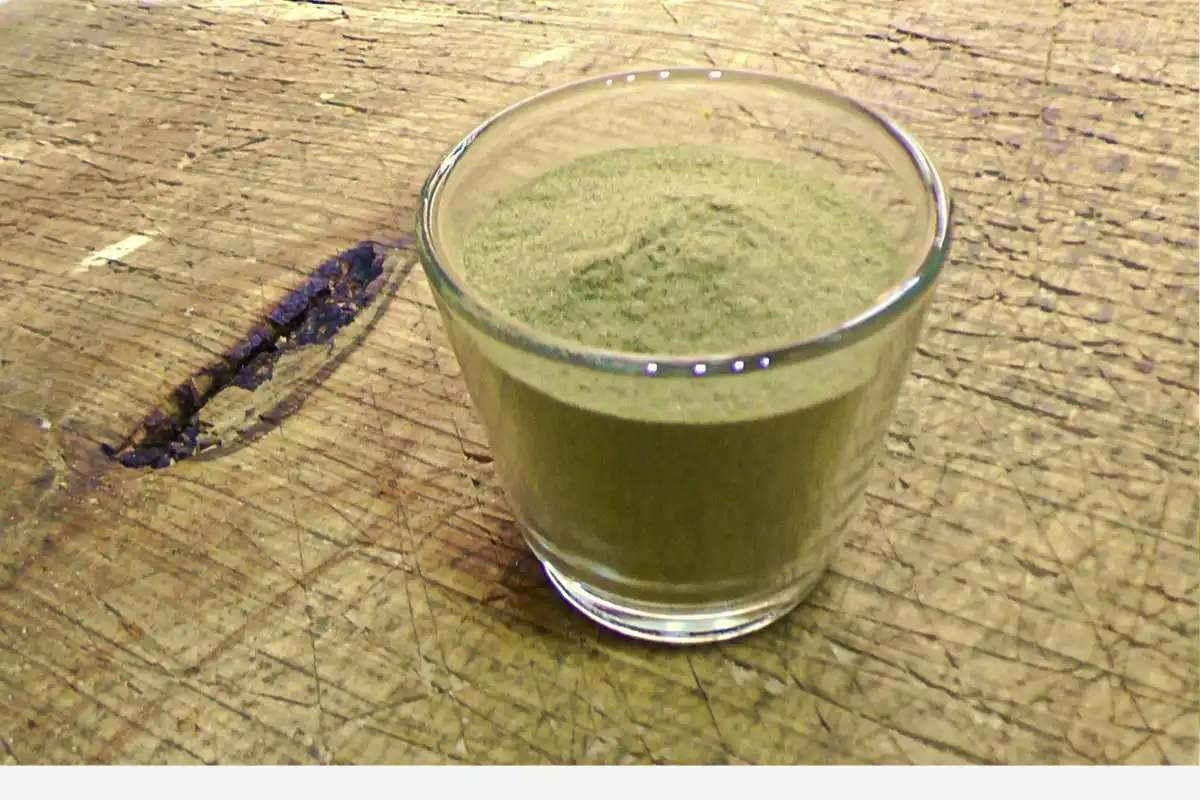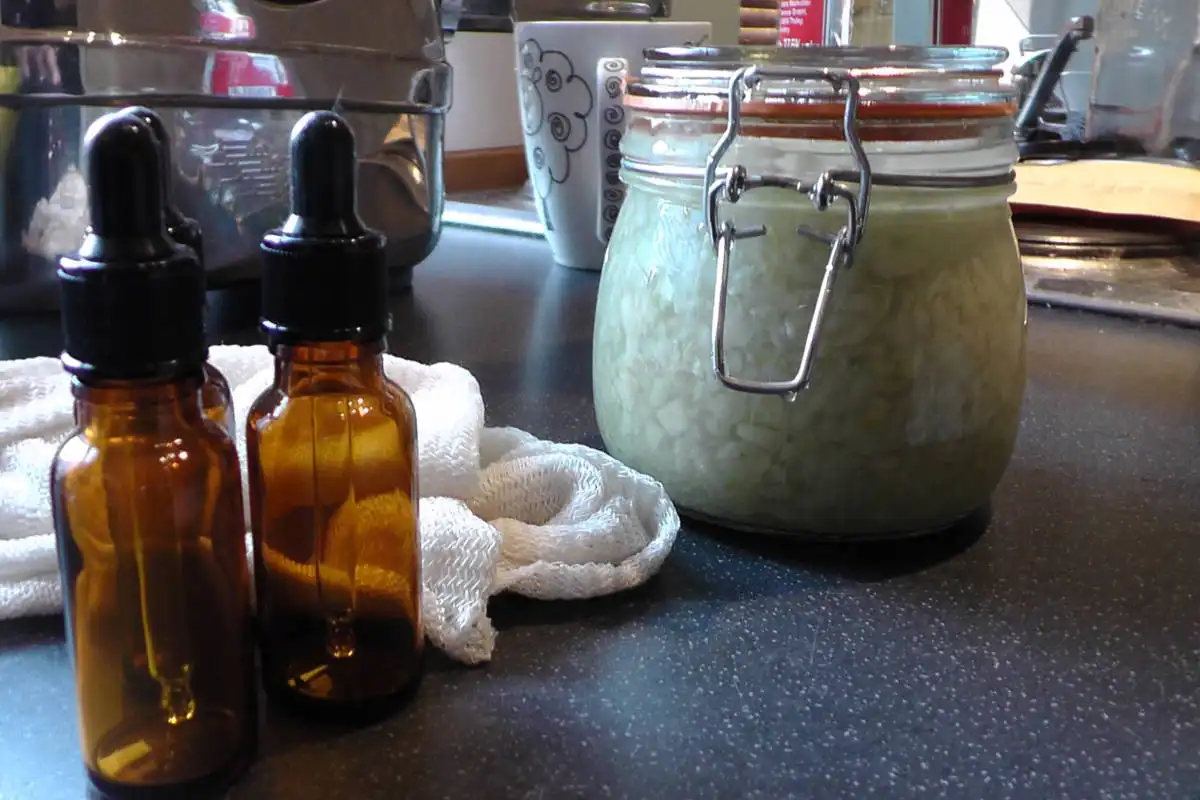Guys, You don’t have to tell me…. Getting out of your comfort zone and doing more exercise is a pain in the proverbial, but please don’t let the short-term pain of making the right choices prevent you from missing out on the long-term benefits of cycling with arthritis.
I’m going to own up. I’m a cyclist and always have been. There have been times in my life when I’ve been literally glued to a bicycle for months on end and there have been times when I’ve not touched a bike for several years but Cycling is one of only a few things in my life that I keep going back to again and again and again.
Cycling with Arthritis builds your recovery
One of the first things I did for Wade when he was starting to feel a little better in himself and started making noises about wanting to get out of the house more as I went on eBay and bought him a nice mountain bike, admittedly it was second hand but still, a very nice quality machine that had barely been ridden.
Wade, like myself, always had an affinity with Cycling but had gotten out of the habit in the years leading up to his diagnosis and subsequent Arthritic decline.
Wade and I are both in agreement that Cycling with arthritis has been one of the things that has been vital to his recovery from Rheumatoid Arthritis, these days Wade has improved his cycling fitness so much that I can’t keep up with the guy anymore, he’s literally twice as fast as I am on a bike! We have the actual data to prove it!
Which type of cycling is best for me?
Cycling with arthritis should be a sport all of its own It certainly can be a challenge equal to any Olympic event, but with some practice cycling with arthritis will get easier.
Cycling is one of those sports that has a myriad of different disciplines but this shouldn’t put you off, it should actually encourage you.
Whether you want to go out Cycling with arthritis on the road, Off-road on the local trails, get into track cycling, BMX (yes they’re still around), or stationary forms of Cycling like David Beckham’s favorite Spinning is a great way to cycle with arthritis in a safe group setting. There are loads of different activities to choose from so keep an open mind and reach out to local groups.
Cycling with arthritis is super easy to do and is really accessible with low entry costs on basic equipment and a huge second-hand market where you can buy very decent bikes and associated equipment for very little money.
Benefits of cycling with arthritis
Cycling with arthritis can provide numerous benefits for people with arthritis. It is low impact, improves flexibility, supports weight management, decreases inflammation, and promotes mental health. Before starting a cycling program, it is important to talk to your healthcare provider to ensure cycling is safe and suitable for your individual needs.
- Cycling with arthritis can delay the onset of and reduce the effects of Arthritis
- Cycling is great for reducing weight, and lowering the stress on your bones.
- Cycling with arthritis has a less negative impact on the bones and joints than most other exercises
- Cycling with arthritis is great for building bone density
- Cycling prevents muscle loss leading to better-supported joints
- Cycling gets all of the vital bodily fluids moving to where they are needed
- Cycling helps you sleep better, aiding your bodies recovery
- Cycling is an excellent Core exercise, this helps to quickly remove bodily waste.
- Cycling with arthritis kick-starts the Immune system
- Cycling can add years to your life
- Cycling reduces rates of cardiovascular disease, type two diabetes, all types of cancer, high blood pressure and obesity.
- Cycling 20 miles a week can cut your risk of heart problems in half
- Cycling can improve memory and brain function
It doesn’t take much searching around on Google to find contributions from Cyclists whose arthritic conditions have been vastly improved by continued cycling, you can see a great example of this here in the comments on this Cycling with Arthritis-related article.
Cycling with arthritis has massive health benefits
It would seem that cycling and overall physical fitness, in general, have a huge effect on the body and its ability to function normally, this should come as no surprise since the sedentary western lifestyle and poor diet have become synonymous with poor health and disease in the last few decades.
I feel that Cycling has benefited me greatly throughout my life and always miss it when it’s not a part of my life, as most of you now know, Wade and myself are identical twins and yet I don’t have Arthritis. It does make me wonder what goes on in the body and how our different life choices affect our health outcomes. Wade and I both had the same upbringing, and very similar diets and lifestyles, maybe I just did more Cycling, and maybe there were some tiny differences in our diets or lifestyles in later life that contributed to Wade’s Arthritis. Who knows?
Lycra isn’t very flattering but other people will be!
Cycling regularly can have anti-aging and skin protecting benefits. People have come up to me and commented on how great I look after putting a lot of miles in on the bike, which I never expected as I don’t spend much time preening in the mirror! Regular cycling can help reduce signs of aging and protect your skin from UV radiation.
My latest Cycling with arthritis binge started around 5 months ago and I have definitely seen a reduction in wrinkles and a younger-looking version of me staring back from the mirror.
As for the Lycra…. You don’t have to wear it. (Wade and I don’t) I find that tracksuit bottoms or similar sporting trousers are perfectly fine, match these with a t-shirt when the weather is fine or a lightweight sports jacket in the colder months and you’ll be perfectly fine.

Cycling with arthritis in winter
Cycling with arthritis during the winter can be a great way to get some exercise and stay active, even when the weather is cold. There are a few things to keep in mind when cycling with arthritis during winter:
- Wear Appropriate Clothing: It is important to dress for the weather, which may mean layering up and wearing extra clothing to keep warm. Make sure that your clothing does not impede movement or cause you any discomfort.
- Adjust Your Bike: If possible, adjust your bike to make it more comfortable, such as adjusting the seat height and handlebars so you can pedal efficiently without putting too much strain on your joints.
- Be Cautious of Ice & Snow: Be aware of icy patches or slippery surfaces while biking and reduce your speed when necessary. As an additional precaution, use studded tires or snow covers on your bike to help increase traction and safety while cycling during winter months.
- Warm Up Before Riding: It’s important to warm-up before cycling, especially if it’s cold outside as this can help reduce stiffness in the joints associated with arthritis. A simple warm-up routine like stretching or gentle exercises can help prepare the body for exercise without overexerting yourself.
- Take Regular Breaks: Cold weather can impact how quickly muscles become tired or sore, so it’s important to take regular breaks throughout your ride if needed. This will help prevent fatigue and ensure that you’re able to safely complete your ride without overexerting yourself or causing further pain and discomfort from overuse of joints affected by arthritis.
Even though cycling with arthritis during winter poses some challenges, there are several steps that can be taken in order to ensure that you remain safe and comfortable throughout your ride! You can read more about how arthritis affects sufferers in the cold here.
So…..How do I get into Cycling with arthritis?
The first pedal stroke is always the most difficult but Cycling’s recent surge in popularity just goes to show that the sport has never been more accessible. The first step is to try and figure out the type of cycling you would like to do but remember you can always try more than one type of cycling and you might find indoor cycling more suitable in the winter. Here’s a list of things to consider.
- Will I cycle indoors or outdoors?
- Is the terrain right outside my front door suitable for cycling with arthritis?
- Am I a solitary cyclist or do I want to ride in a group?
- Do I really want to wear all that Lycra? This will be a consideration for road cyclists
- Are there places I can travel to locally that are safe for cycling with arthritis?
- Can I strap my bike to my car and go exploring?
- What type of Bicycle is suitable for the style of riding I want to do?
- Will I use my bike to commute to work and can I get a tax break for doing so?
- Are there clubs or resources close to me that I can use?
- Do I have an experienced cycling friend who I can tag along with and ask for advice?
If you can answer these questions honestly (it’s easy to get carried away at the start) you should be able to start building a picture of the type of cycling you want to do and the type of bicycle that’s best suited to your needs.
A mindset for cycling with arthritis
You also need to consider the psychological aspect of getting into cycling, for instance. I think road cyclists look really cool in all that flashy Lycra and reflective glasses whilst they’re riding up the side of a mountain in the Tour de France, but I wouldn’t feel comfortable wearing all that gear riding through town, it’s just not me.
I much prefer poking around in the mud, riding along bridleways and fire roads, and exploring the countryside on my mountain bike, I need nothing more than a t-shirt and a pair of tracksuit bottoms and don’t need special shoes and pedals to enjoy a few miles of local forestry.
I guess I’m a low-key kind of guy but you should do what you want to do and not what anyone tells you.
Cycling with arthritis off-road
One other key benefit of mountain biking for me is, I’m not going to come into contact with any other road users, Cyclists, and pedestrians I can handle but I don’t like riding on the country roads near my home as I just don’t feel that safe, having said that, most places that I go do have cycle lanes and the provision for cyclists in larger cities have dramatically improved in the last few years.
Do you need help getting motivated to go cycling with arthritis? Jump on one of our accountability coaching courses and get expert advice on what you need to do.
There will be plenty of encouragement, advice, and great tips to share by joining up.
Pick the bike that suits you
Get a town bike for running errands around town or commuting to work. The UK’s Cycle to Work Scheme offers up to 42% off the cost of a new bicycle. You don’t need the latest and greatest bike model – I spent a year riding around on a 3-speed Raleigh girl’s bike in Spain, and it got me in great shape!
It all depends on your circumstances I suppose, one circumstance that everyone reading this article finds themselves stuck with is Arthritis. The best thing to do about Arthritis is to turn your back on it and ride off into the distance on whichever bike you feel most comfortable.

















